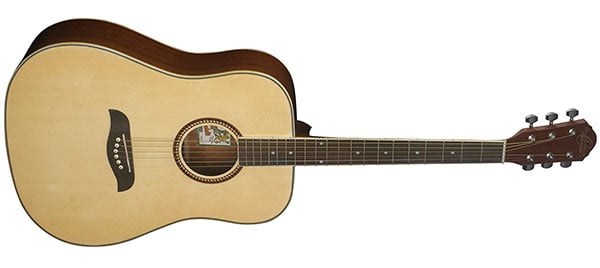
Washburn Oscar Schmidt Serial Numbers
Began in 1864 as a partnership of businessmen George W. Lyon and Patrick J. Healy, acting as the outlet for publisher. By 1865, Lyon & Healy had expanded into and some small instruments. The company achieved independence by 1880, and around 1888 the company launched fully into fretted and plucked instruments (,,, and ) under the 'Washburn' brand, which happened to be Lyon's middle name. [ ] Tracing the history of any particular instrument of this period presents many obstacles.
Washburn guitar serial numbers are located on the back of the headstock on electric guitars and in the sound hole on acoustic guitars. In most Washburn guitars, the first two digits of the serial number indicate the year of manufacture. Oscar schmidt serial numbers where do I find it. Where do i find the serial number Posted by Anonymous on Mar 09, 2014. Washburn OB5 Oscar Schmidt 5 String Banjo.
Not only did the Lyon & Healy company often change designs to follow the rapidly evolving consumer demand, but the company also repaired instruments, and offered engraving services, including decorating instruments that it retailed but did not actually manufacture. As well, they built instruments for other retailers and distributors under various, and of some models. In 1912, Washburn introduced the Lakeside Jumbo guitar, which some consider the first dreadnought-sized guitar. It bridged the gap between smaller-bodied 'parlor' guitars of the late 19th and early 20th century and modern-day acoustic guitars. George Lyon retired from the company in 1889 (died 1894). Patrick Healy then led the company into a period of major expansion, beginning with a larger new factory and improved mass-production techniques, and soon dominated the domestic market.
Their 1892 catalog claimed to manufacture 100,000 instruments annually. Healy died 1905.
Prezentaciya dlya doshkoljnikov moya semjya. Your browser may also contain add-ons that send automated requests to our search engine. You could be submitting a large number of automated requests to our search engine. Then you shouldnʼt be bothered by this page for a long time. Weʼve developed a service called that has been specially designed to handle such requests. If this is the case, youʼll just need to enter the CAPTCHA code once, and weʼll be able to distinguish between you and the other users on your IP address.
By the 1920s, Lyon & Healy faced growing competition from other instrument manufacturers as well as from the rise of other forms of entertainment, particularly. Lyon & Healy gradually shifted manufacturing chores onto wholesaler Tonk Brothers, to whom they sold the guitar portion of the business in 1928, continuing to produce their own lines of harps, pianos, and organs. Tonk Brothers turned to manufacturer J.R. Stewart Company to purchase and operate the massive factory, but this transition proved problematic and Stewart went bankrupt in 1930. Some of the Stewart assets were acquired by the, which had purchased the 'Regal' brand name in 1908 from Lyon & Healy (who acquired it in 1905). Regal was chosen to reopen the Washburn factory (producing Regal instruments as well).
Though the Washburn brand was preserved, it never regained its preeminence, and by the early 1940s had declined to nothing. Modern era [ ] An unbroken lineage is often alluded to by Washburn International, in press releases and advertising materials, and on the company website: Washburn has been building stringed instruments since 1883. 130 years of history is at the root of our strong foundation building high quality instruments. There is no direct connection between the original Washburn brand and the modern Washburn International. In the early 1960s, retail store The Chicago Guitar Gallery hired Rudolf 'Rudy' Schlacher, a young German, as a repair technician. A few years later, Schlacher opened The Sound Post (in Evanston, Illinois) to focus on guitars.
He soon realized the sales potential for lower-cost quality instruments. Tom Beckmen and his wife Judy Fink Beckmen in 1972 left careers as music salesman and teacher (respectively) to launch a wholesale music business in Los Angeles, Beckmen Musical Instruments. It was Beckmen Music that resurrected the Washburn name, and beginning in 1974 applied it to a series of quality imported acoustic guitars, made in Japan by Terada, as well as a selection of mandolins and banjos. Schlacher and Rick Johnstone, as Fretted Industries, Inc., acquired the Washburn name in 1977 (for $13,000) when the Beckmens took their business a different direction, and so the Washburn name was returned to Chicago. With assistance from (founder of ), Schlacher was able to find instrument factories in Japan that could meet the desired standards. Fretted Industries acquired other lines as well, such as. Schlacher bought out Johnstone in 1987, and changed the company name to Washburn International.